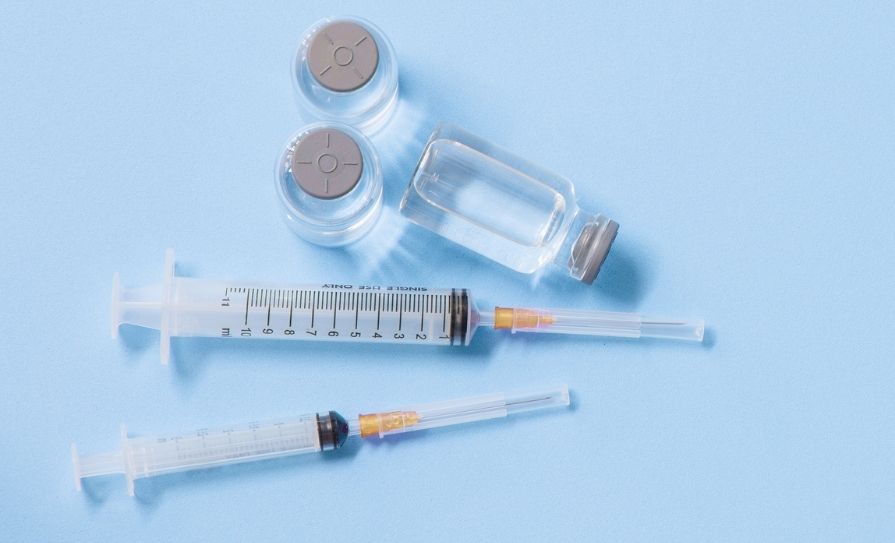Researchers from Trinity College Dublin have discovered a key mechanism underlying bacterial skin colonisation in atopic dermatitis (AD), which affects millions around the globe.
AD is the most common chronic inflammatory skin disorder in children, affecting 15-to-20 per cent of people in childhood. During disease flares, patients experience painful, inflamed skin lesions, accompanied by intense itch and recurrent skin infection.
The bacterium Staphylococcus aureus (S.aureus) thrives on skin affected by AD, increasing inflammation and worsening AD symptoms. Although a small number of therapies are available at present for patients with moderate-to-severe AD, it is vital to understand how S.aureus colonises AD skin in order to develop new treatments that directly target the bacterium.
The researchers, from Trinity’s School of Genetics and Microbiology and School of Clinical Medicine, set out to identify the human and bacterial factors that enable S.aureus to interact with skin by studying the attachment of the bacterium to corneocytes, which are dead, flattened skin cells in the outer layer of the skin.
The findings, recently published in the journal Proceedings of the National Academy of Sciences, show that S.aureus binds to a specific region of human corneodesmosin, a protein located on the surface of AD patients’ corneocytes.
Bacterial binding to corneocytes in the lab is reduced if the relevant region of corneodesmosin is blocked with an antibody, indicating the importance of this interaction during S.aureus attachment to human skin. In lab experiments, Dr Aisling Towell, PhD graduate in Microbiology at Trinity College, showed that bacterial interaction with corneodesmosin relies on two proteins attached to the surface of S.aureus — FnBPB and ClfB.
Dr Joan Geoghegan, Associate Professor of Microbiology in Trinity’s Department of Microbiology, said: “Our findings provide new insights into how S.aureus bacteria attach to corneocytes at the skin surface, which is a crucial step during colonisation. Specifically, our discovery of an interaction between bacterial proteins and corneodesmosin on AD patient corneocytes is a key advance that could pave the way towards developing targeted approaches for preventing S.aureus skin colonisation in AD.”
Prof Alan Irvine, Professor of Dermatology at Trinity, added: “AD is both a common and incredibly uncomfortable condition that has a massive impact on quality of life in both children and adults. Colonisation of the skin with S.aureus is a major driver of AD and a cause of disease flares. By identifying a major mechanism through which S.aureus binds to the skin of patients with AD, we have opened the possibility of targeting this pathway as a therapeutic option in AD.”







